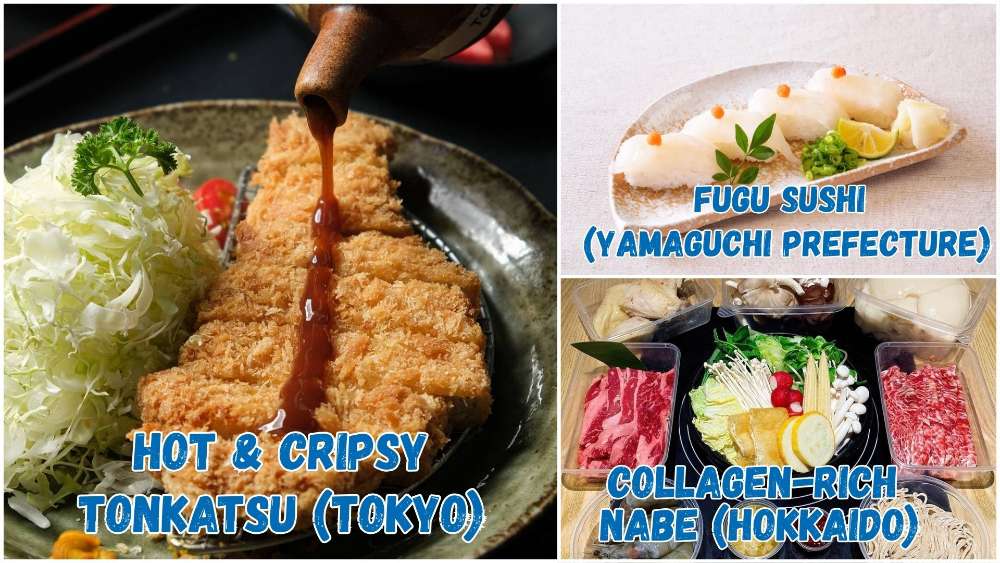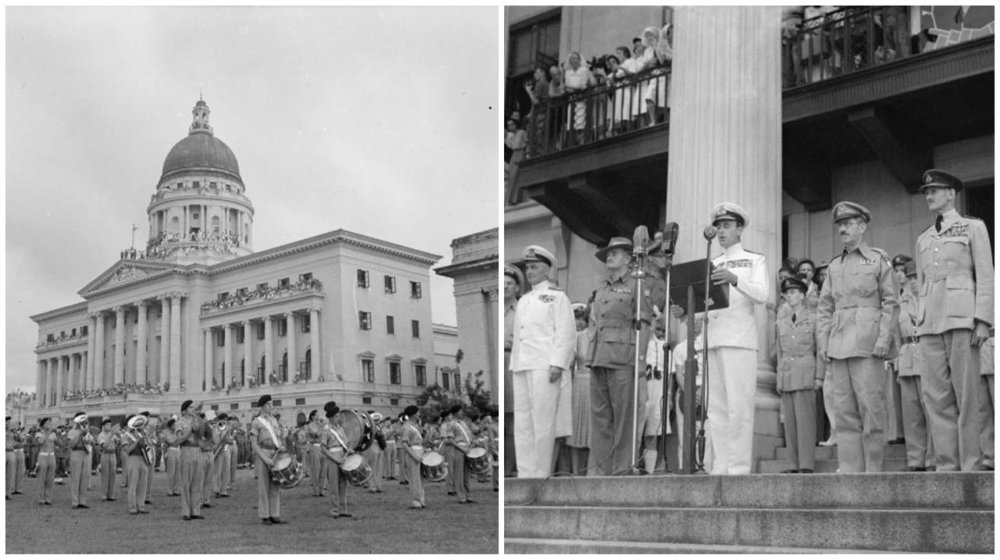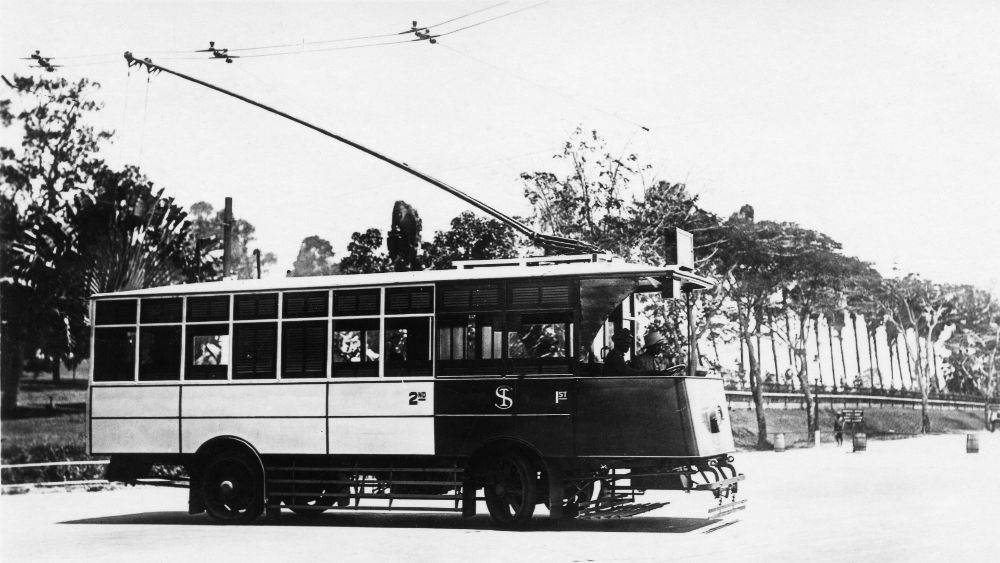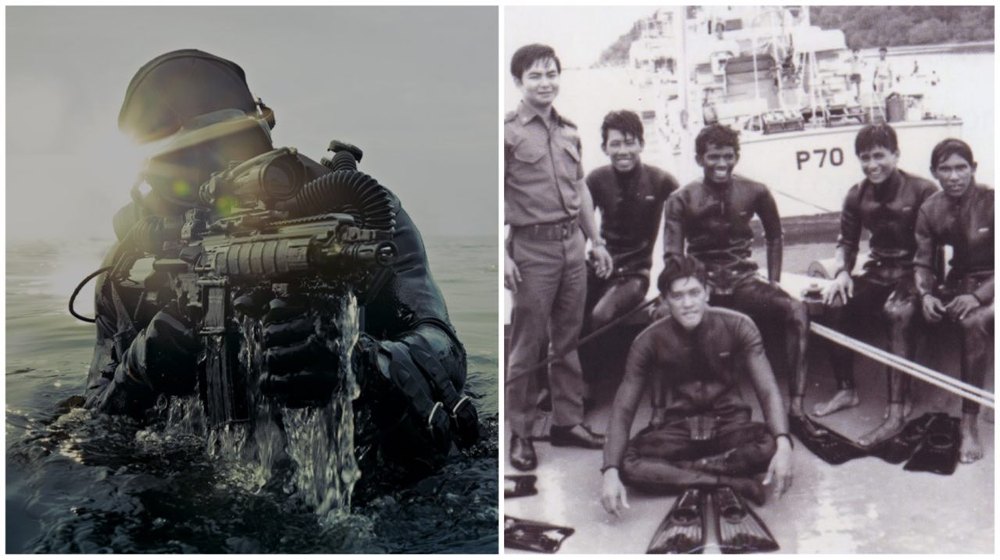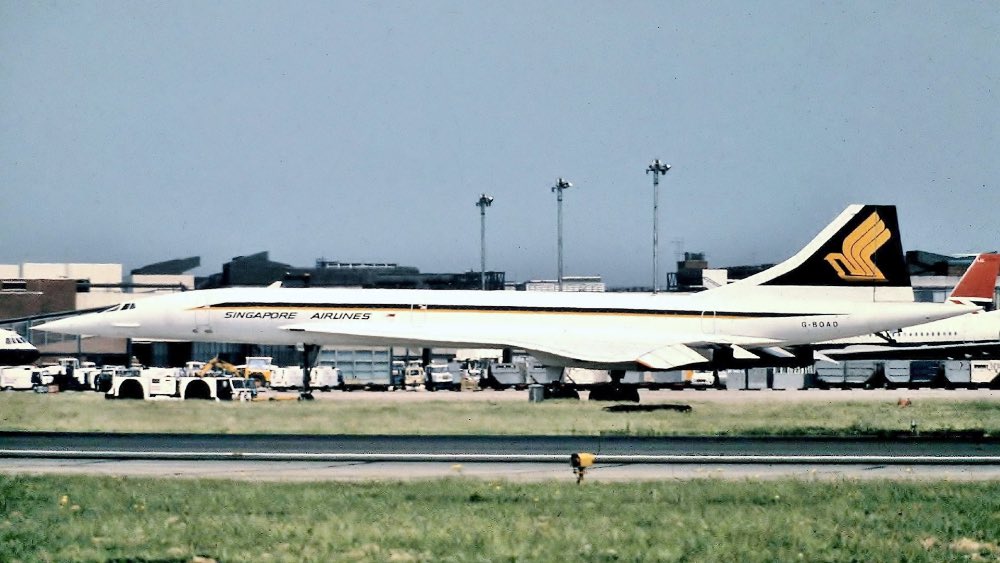On This Date In 1945, Japan Surrendered To The British At Former City Hall
80 years ago today (12 Sep), the Japanese officially surrendered to the British, bringing an end to their occupation of Southeast Asia. This historic moment took place at the Municipal Building, later renamed City Hall, now part of the National Gallery.
Two weeks earlier, on 2 Sep 1945, the formal surrender of Japan to General Douglas MacArthur took place aboard the USS Missouri in Tokyo Bay. Ten days later, it was Lord Louis Mountbatten, the Supreme Allied Commander in Southeast Asia, who accepted the Japanese surrender in Singapore at 11:10 am.
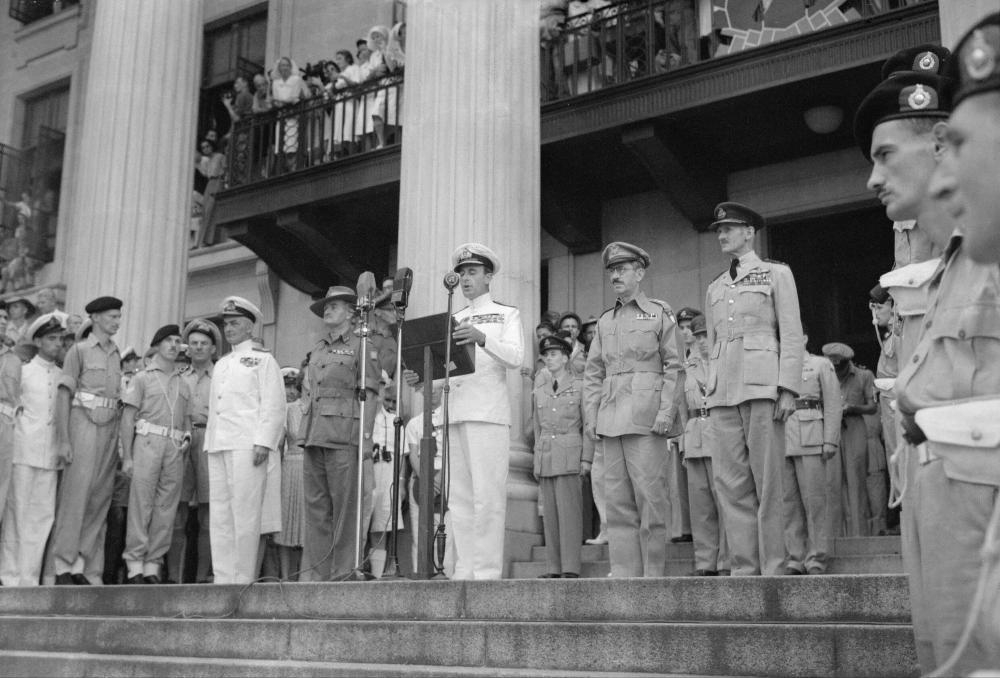 Lord Louis Mountbatten, the Supreme Allied Commander in Southeast Asia, speaking on the steps of Former City Hall. | IMAGE: WIKIMEDIA COMMONS
Lord Louis Mountbatten, the Supreme Allied Commander in Southeast Asia, speaking on the steps of Former City Hall. | IMAGE: WIKIMEDIA COMMONS
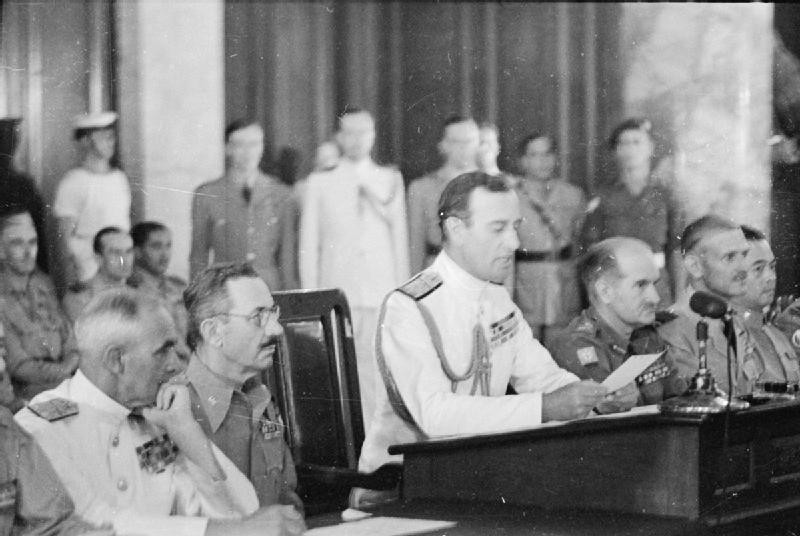 Mountbatten reading the surrender terms to the Japanese delegates. | IMAGE: WIKIMEDIA COMMONS
Mountbatten reading the surrender terms to the Japanese delegates. | IMAGE: WIKIMEDIA COMMONS
The surrender ceremony
The ceremony was attended by high-ranking Allied officers, commanders, and four guards-of-honour, representing the Royal Navy, the Royal Air Force, the Indian Army, and the Australian paratroopers. There was even a fleet band playing, while a 17-gun salute by the Royal Artillery echoed through the city. Mountbatten inspected the troops before heading into the chamber for the formal surrender.
General Itagaki, representing Japan, signed on behalf of Hisaichi Terauchi, the Supreme Commander of the Imperial Japanese Forces in the Southern Region. Later, in a symbolic gesture, Terauchi personally surrendered to Mountbatten in Saigon (now Ho Chih Minh city).
A total of 11 copies of the Instrument of Surrender were signed that day, and given to the British, American, Chinese, French, Dutch, Australian, Indian and the Japanese governments. The remaining copies were for King George VI, Mountbatten, and the Southeast Asia Command.
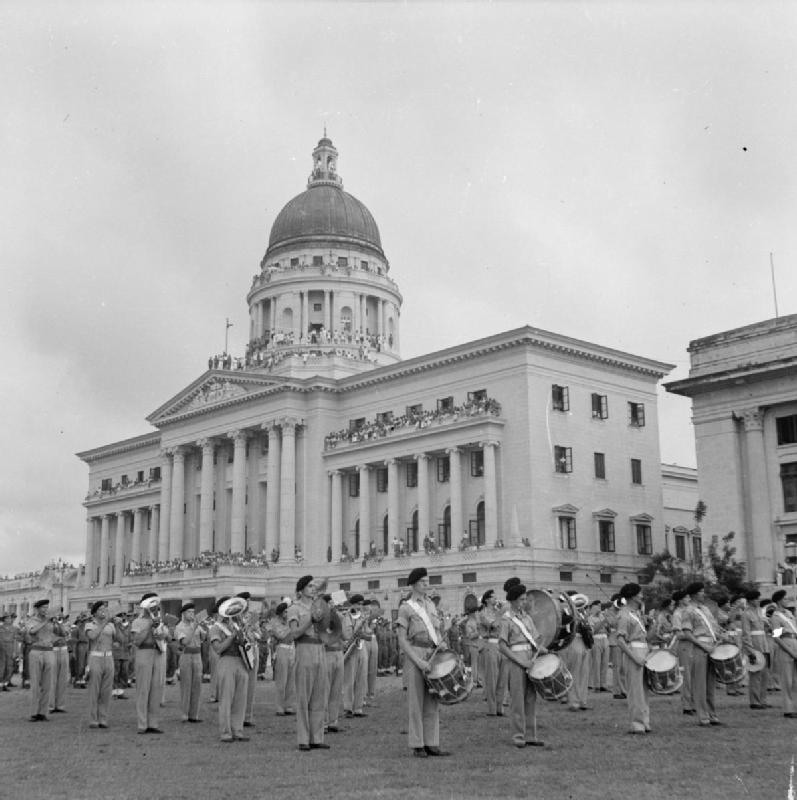
The Royal Marines band played "God Save The King" at the Padang. | IMAGE: WIKIMEDIA COMMONS
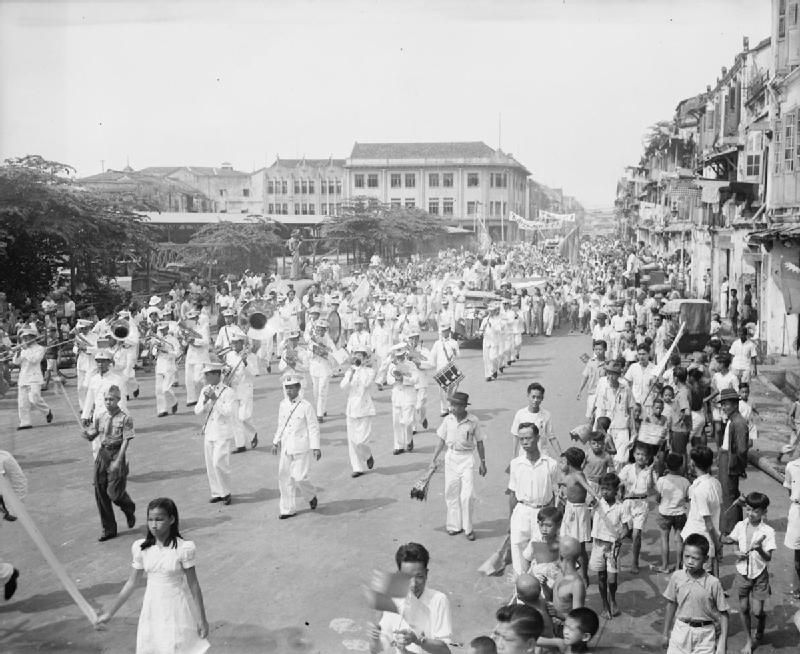
A victory parade was held in Singapore. | IMAGE: WIKIMEDIA COMMONS
Witnessing history
Among the 400 spectators in attendance were not only military bigwigs but also leaders of Malayan communities, the Sultan of Johor, Sir Ibrahim (fun fact: his great grandson, Sultan Ibrahim, is the current Sultan of Johor), and recently released prisoners-of-war. The chamber was draped with flags of the Allied forces, and officers from various nations stood guard at the pillars, representing the unity of the Allied powers.
The ceremony concluded with the raising of the Union Jack, the same flag that had flown over Singapore before the war and was hidden by Mervyn Cecil Frank Sheppard, a Malayan civil servant, during his imprisonment at Changi Prison.
This was followed by a celebration at the Padang, which included a victory parade. The anniversary of the surrender was subsequently observed as a public holiday, "Victory Day", during the colonial period.
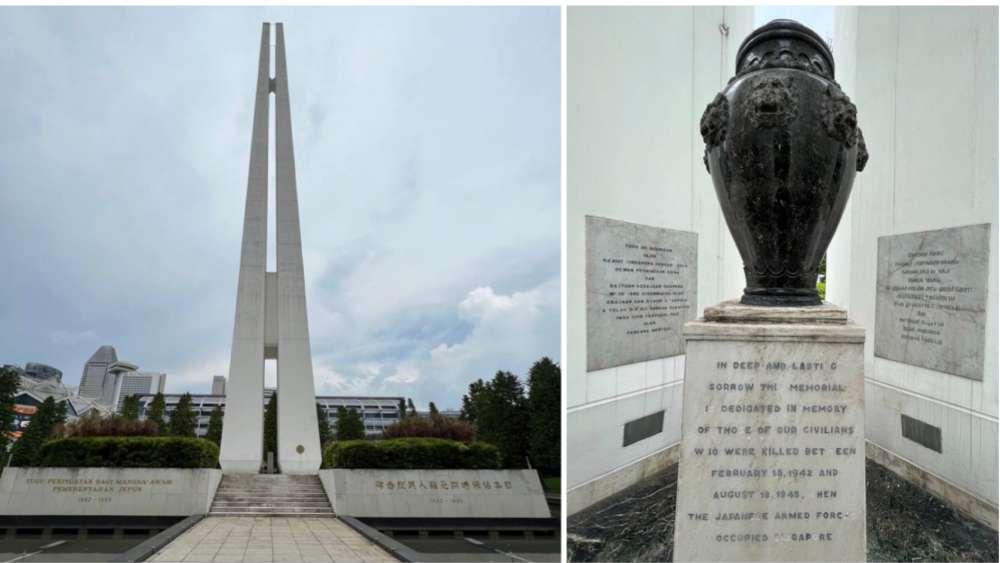 Within the Civilian War Memorial is a black urn commemorating the countless civilians killed during the Japanese occupation of Singapore. | IMAGE: NG KAI
Within the Civilian War Memorial is a black urn commemorating the countless civilians killed during the Japanese occupation of Singapore. | IMAGE: NG KAI
The Lion City's story was just beginning
The Japanese occupation was over, but Singapore’s story was just beginning. With the end of the war came the rise of political sentiments and a push for self-governance. The Straits Settlements were dissolved, and Singapore became a separate Crown Colony in 1946.
In the years that followed, Singapore took major steps toward independence, eventually becoming the sovereign city-state we call home, truly.
To remember the horrors of the Japanese Occupation, memorials such as the Civilian War Memorial were established as important reminders of the past and the resilience of Singapore’s people. This pivotal moment in 1945 not only marked the end of a painful chapter in Singapore’s history but also paved the way for a new beginning.
For the latest updates on Wonderwall.sg, be sure to follow us on TikTok, Telegram, Instagram, and Facebook. If you have a story idea for us, email us at [email protected].





